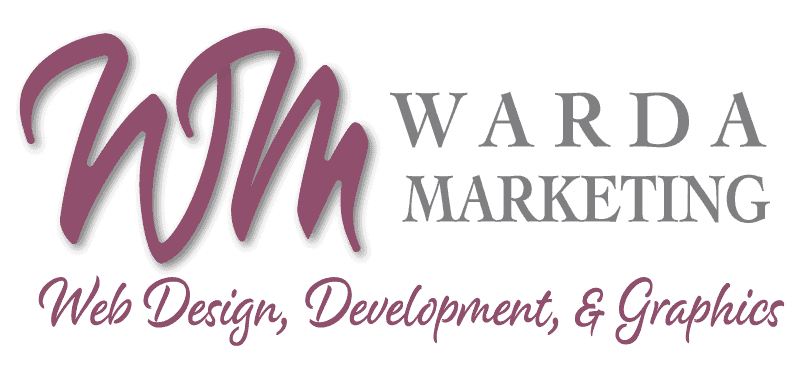In the ever-evolving landscape of the internet, web design trends play a pivotal role in shaping the way we interact with digital content. From sleek minimalism to bold experimentation, web design trends not only enhance the user experience but also reflect the current technological capabilities and creative aesthetics. In this blog, we’ll delve into the latest web design trends that are shaping the online world and capturing the attention of designers and users alike.
1. Minimalistic Design with Maximal Impact: Less is often more in the realm of web design. Minimalistic designs, characterized by clean layouts, ample white space, and straightforward navigation, continue to gain traction. These designs prioritize content and user experience, allowing visitors to focus on the essential information without distractions.
2. Dark Mode Delight: Dark mode isn’t just a passing fad; it has become a legitimate design preference for many users. Dark backgrounds not only reduce eye strain, but they also make colors and elements pop, creating a visually appealing and immersive experience.
3. Neumorphism and Soft UI: Neumorphism, a blend of “new” and “skeuomorphism,” is making waves with its subtle 3D effects and tactile visuals. Soft UI elements mimic physical interactions, creating a sense of depth and realism that engages users and adds a touch of familiarity to the digital world.
4. Abstract and Asymmetrical Layouts: Designers are increasingly embracing abstract and asymmetrical layouts to break away from traditional grid structures. These layouts inject creativity and uniqueness, guiding the user’s eye along unconventional paths and creating memorable browsing experiences.
5. Micro-Interactions and Animation: Micro-interactions, such as subtle hover effects and animations, add delightful moments of interaction that engage users on a more personal level. Thoughtfully designed animations can convey information, guide users, and inject playfulness into the user journey.
6. Sustainable and Eco-Friendly Design: As environmental concerns grow, web designers are adopting eco-friendly practices. Sustainable design involves optimizing website performance for energy efficiency, reducing carbon footprints, and using eco-conscious visuals and messaging.
7. Voice User Interface (VUI) Integration: With the rise of virtual assistants and smart devices, integrating voice user interfaces into web design is becoming increasingly relevant. Designers are crafting interfaces that seamlessly incorporate voice commands, enabling users to interact with websites using natural language.
8. Augmented Reality (AR) and Virtual Reality (VR) Integration: AR and VR technologies are finding their way into web design, offering immersive and interactive experiences. Brands are using AR to allow users to visualize products in real-world environments, while VR is being employed to create virtual showrooms and engaging storytelling.
9. Custom Illustrations and Hand-Drawn Elements: Custom illustrations and hand-drawn elements inject personality and authenticity into web designs. These bespoke visuals help brands stand out, evoke emotions, and create a memorable brand identity.
10. Accessibility-First Design: Web accessibility is no longer an afterthought; it’s a fundamental aspect of design. Designers are prioritizing inclusive design practices, ensuring that websites are usable and enjoyable for people of all abilities.
 Conclusion:
Conclusion:
Web design trends are a reflection of technological advancements, creative innovation, and changing user preferences. Embracing these trends allows designers to create captivating and user-centered online experiences. As you embark on your next web design project, consider how these trends can be integrated to push the boundaries of digital aesthetics and elevate the user journey to new heights. Stay curious, experiment, and keep your finger on the pulse of the ever-evolving world of web design.

